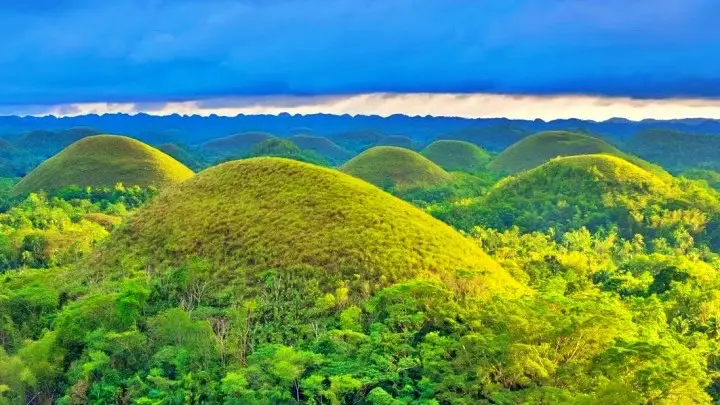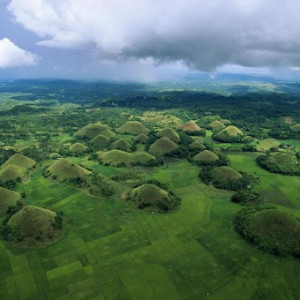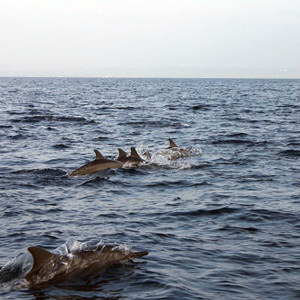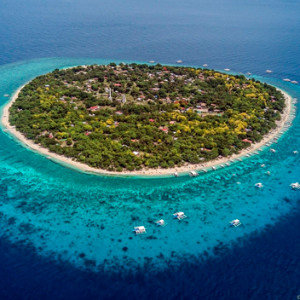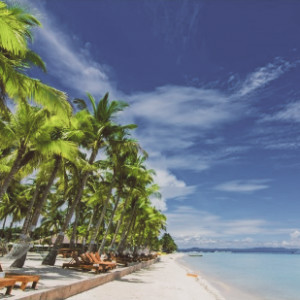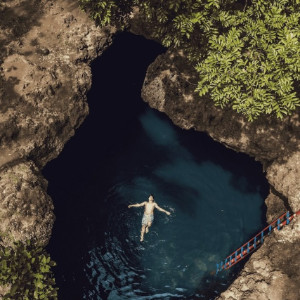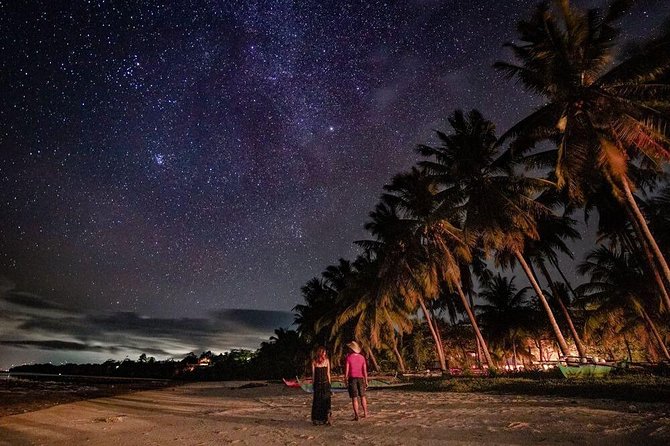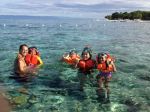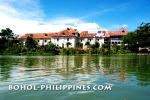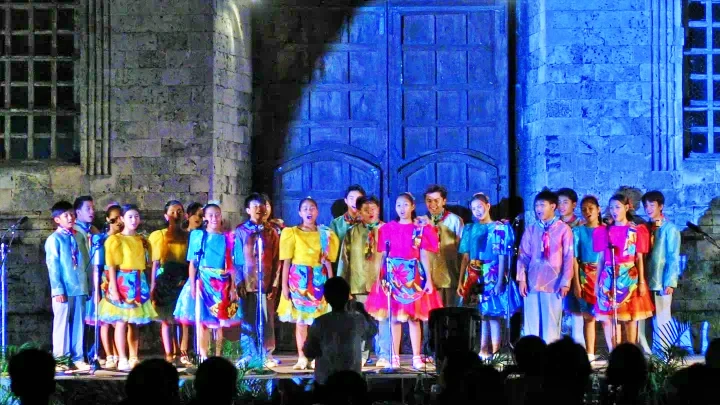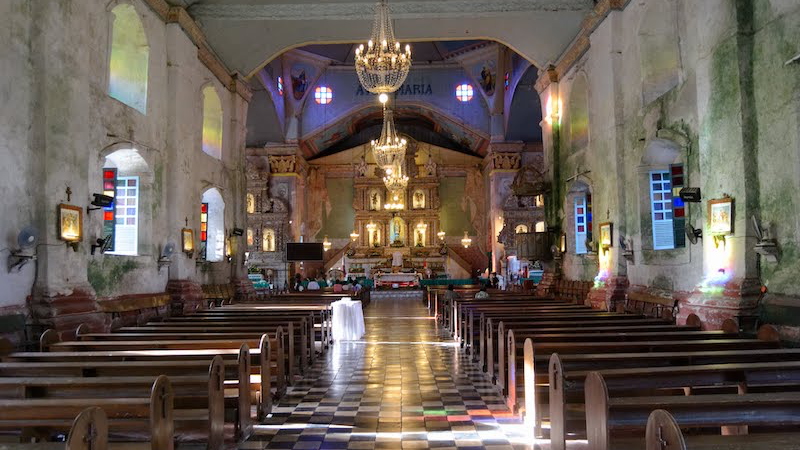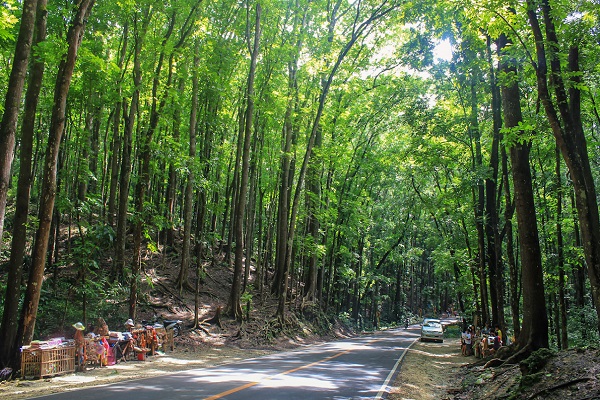Eskaya: A History
Secure your Cebu Bohol ferry tickets today to start your unforgettable journey!
The history of the Eskaya tribe is largely based on “old books” whose contents have been handed down from generation to generation. The books cover legends which some historians deemed as only myths. However, one can get a clear picture of where the tribe originates from these stories.
One book relates of how the group first arrived in Bohol from Sumatra. Their first leader, Dangko, had twelve children who settled near Antequera before moving east.
Stories handed down thru the years to community members living in Taytay (Duero) relates that the group first settled in Talibon town then transferred to Loon and settled in the mountainous barangays of Campatud and Cansubayon. After some time, the tribe decided to settle at the lowlands of Antequera at a place called Canlaas Panas. Record shows that they lived there from the year 600 A.D. up to the year 1600 A.D. of the Spanish Regime. They established Barangay Viga as their capital which stretches to the riverside valleys beyond the present day Abatan Bridge.
Viga is the kingdom of Haring Lomod, otherwise known as Tamblot, who is one of the most legendary Eskaya leaders. He is both a datu and the high priest whose rank is equal to that of the present Cardinal of the Roman Catholic Church.
Tamblot’s reign started in early 1600 A.D. and he was the first Boholano to having raised arms against the Spanish conquistadors. The uprising occurred in 1621. The feud between him and the Spaniards started with the white silver church bell, called by the local folks as “Lingganayng Ugis”.
Recommended Bohol Philippines Tours
[ Bohol Sight Seeing Day Trips - Check Out Availability ]
[ Full Day Cruise and Sailing Tours - Check out Availability ]
[ Full Day Adventure Tours - Check out Availability ]
Discover more of Bohol's natural wonders through our recommended tours. Click on the links below to embark on unforgettable adventures:
Ready to explore the beautiful islands of Cebu and Bohol? Secure your ferry tickets today through 12go and start your unforgettable journey!
Evidences of Eskaya Presence in Antequera
Traces of Eskaya writings were found some 400 meters inside the Inambacan Cave of Villa Aurora in Antequera. Some of the writings were already covered with stalagmites measuring about 13 inches high. Geological studies prove that stalagmites grow an inch in one hundred years so it means that the writings were there for 1300 years and that would refer to the period in the late 600 A.D. Engr. Jes B. Tirol of the University of Bohol found these writings inside the cave. The rocky remains of the Viga church still exist today and look like a crudely made temple.
Later Eskaya
As far as documented evidence is concerned, genealogies attest that many of the predecessors of those living in the communities today originally came from the town of Loon, on Bohol’s western coast.
The settlement at Biabas, Guindulman, per Eskaya books, was established in the 19th century; and that Mariano Datahan, the founder of the settlement, arrived at the site at the turn of the 19th century from Loon. The Philippine Independent Church in Biabas was established in 1902.
There are other records or papers giving evidence of the group’s presence in Philippine history. One is a letter from Datahan addressed to President Manuel Quezon in 1937 and another is a recorded meeting in 1944 between Datahan and the resistance hero Col. Esteban Bernido in Biabas. Datahan died in the year 1949.
In 1951, Fabian Baja founded a settlement at Taytay, under the municipality of Duero. This was done allegedly under the instructions of Datahan. Through the years the group spread to Canta-ub (Sierra Bullones), Lundag (Pilar), Tambongan, Cadapdapan (Candijay), and Fatimah.
The Eskaya tribe at Biabas, Guindulman was “discovered” in the early 1980’s, although the settlement dated back prior to World War II. The group came to public attention when government agricultural advisers toured the province to introduce the Green Revolution policies. Their unique culture, tradition, and language came to the fore and caught the attention of local journalists and researchers.
Sources:
Wikipedia
www.bohol-antequera.bohol.ph
Top of Eskaya: A Bit of History
Ready to explore the beautiful islands of Cebu and Bohol? Secure your ferry tickets today through 12go and start your unforgettable journey!
recommended hotel booking
Book your stay in Bohol's breathtaking surroundings through Agoda and experience the ultimate relaxation
Top 25 Sights and Attractions in Bohol
- Chocolate Hills
- Tarsier Conservation Sanctuary
- Panglao Island
- Loboc River Cruise
- Hinagdanan Cave
- Balicasag Island
- Alona Beach
- Bilar Man-made Forest
- Blood Compact Shrine
- Baclayon Church
- Bohol Bee Farm
- Anda Beach
- Sipatan Twin Hanging Bridge Loboc
- Danao Adventure Park
- Sagbayan Peak
- Butterfly Conservation Center
- Clarin Ancestral House
- Dimiao Twin Falls
- Mag-Aso Falls
- Anda White Beach
- Lamanok Island
- Rajah Sikatuna Protected Landscape
- Dauis Church
- Can-umantad Falls
- Punta Cruz Watchtower
Top 20 Destinations of Bohol
- Tagbilaran City
- Panglao Town
- Talibon Town
- Anda Town
- Loboc Town
- Dauis Town
- Ubay Town
- Tubigon Town
- Loon Town
- Jagna Town
- Alicia Town
- Carmen Town
- Getafe
- Danao Town
- Bilar
- Alburquerque
- Sierra Bullones
- Sagbayan Town
- Baclayon Town
- Antequera
Ready to explore the beautiful islands of Cebu and Bohol? Secure your ferry tickets today through 12go and start your unforgettable journey!
All Rights Reserved ©2023. Bohol Philippines Travel Guide
Address: Talibon, Bohol, Philippines
